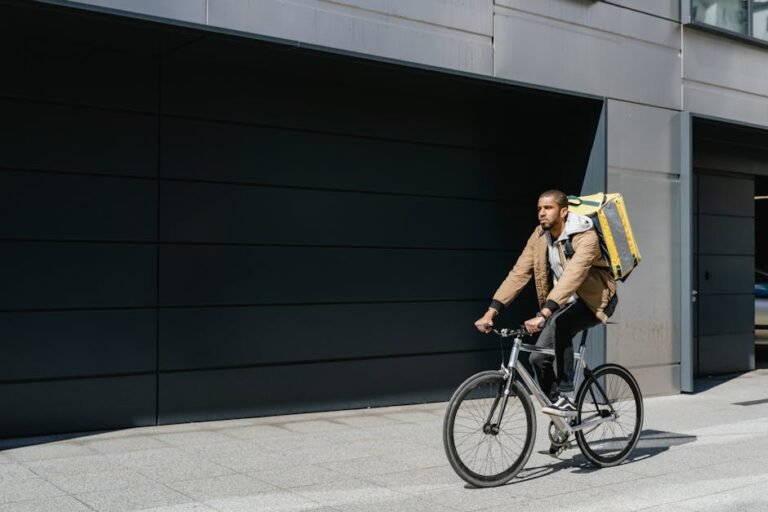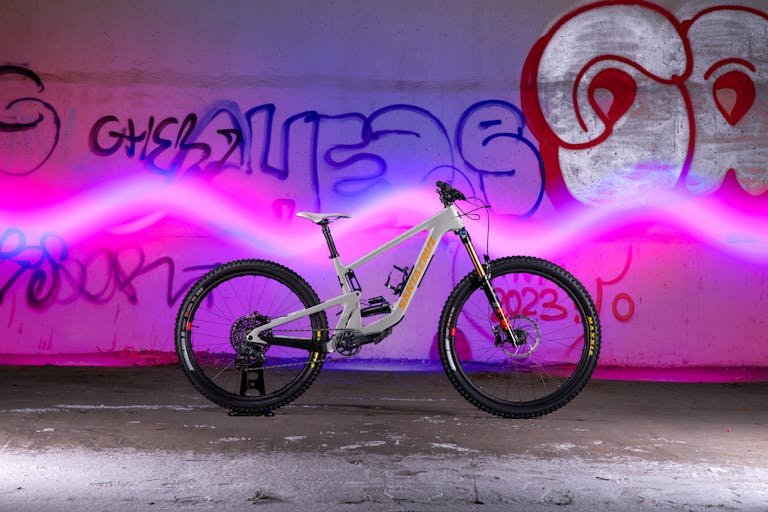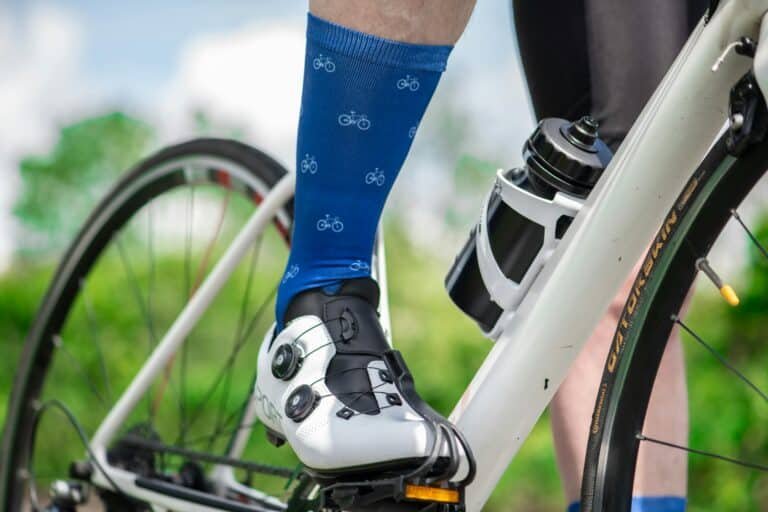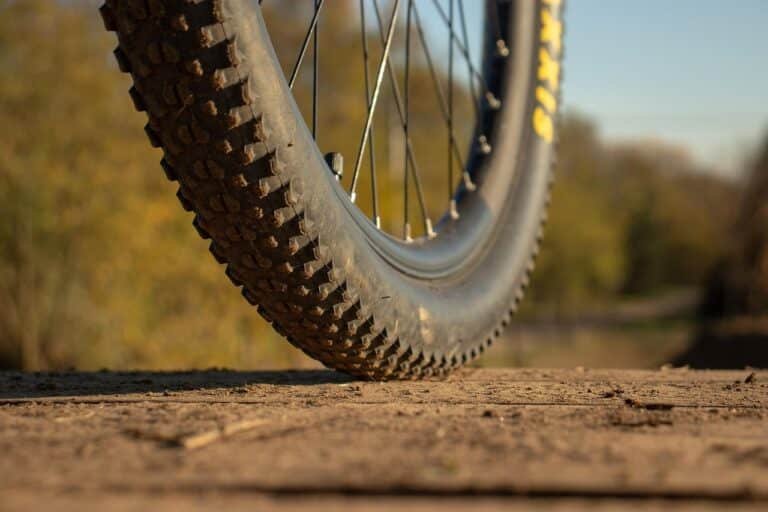Cycling Recovery and Aging: Staying Active & Injury-Free After 50
Cycling recovery and aging do not need to be strangers to each other. In fact, the two need to work with each other closely. Age is just a number in cycling! As we get older, our approach to recovery becomes crucial.
Research shows that cyclists can maintain high performance well into their 60s and 70s with the right strategies. Did you know that proper recovery can reduce injury risk by up to 65% for aging athletes?
Understanding Age-Related Recovery Challenges
Let’s be real. When you hit your mid-40s, cycling suddenly feels like a completely different game. Gone were the days when I could hammer out a hard ride and bounce back the next morning like nothing happened. My body started sending some pretty loud signals that recovery wasn’t going to be as simple as it used to be.
Physiological Changes That Kick Our Recovery’s Butt
As we age, our muscles become less forgiving. It’s like they develop this stubborn personality that refuses to snap back into shape quickly. The elasticity that once made recovery a breeze starts to diminish, making every intense ride feel like it’s taking a more significant toll.
Hormonal changes play a massive role in this recovery puzzle. Testosterone and growth hormone levels naturally decline, which means our body’s ability to repair muscle tissue becomes slower and less efficient. I remember thinking something was wrong with me when recovery started taking days instead of hours.
The Inflammation Rollercoaster
One of the most frustrating changes can be Inflammation. Our bodies become more reactive, with inflammatory responses lasting longer and feeling more intense. What used to be a mild muscle ache now feels like I’ve been hit by a truck after a challenging ride.
Recovery time extends dramatically. Where I once needed 24 hours to feel fresh, I now require 48-72 hours to truly feel recovered. This doesn’t mean giving up cycling – it means getting smarter about how we approach our training and recovery.
Key Physiological Recovery Challenges
- Reduced Muscle Elasticity: Muscles become less flexible and take longer to return to their original state.
- Extended Recovery Windows: Increased time needed between intense training sessions.
- Higher Inflammation Responses: More prolonged and intense inflammatory reactions.
- Decreased Muscle Protein Synthesis: The body’s ability to rebuild muscle tissue becomes less efficient.
Personal Lessons Learned
I’ve learned that denial is not a strategy. Accepting these changes and adapting my approach has been crucial. It doesn’t mean giving up performance – it means being strategic, listening to my body, and understanding that recovery is just as important as the ride itself.
Don’t compare yourself to your younger self or other riders. Your body is unique, and your recovery journey is personal. What works for one cyclist might not work perfectly for another.
Nutrition for Cyclist Recovery
Let’s talk real talk about nutrition. When I first started taking my cycling recovery seriously, my diet looked like a disaster zone of random snacks and whatever was left in the fridge.

The Anti-Inflammatory Diet Gameplan
Inflammation is the silent performance killer for aging cyclists. I learned the hard way that what you eat directly impacts how quickly you recover. My savior was focusing on anti-inflammatory foods – think wild-caught salmon, turmeric, berries, and dark leafy greens.
Protein became my best friend, but not just any protein. Start timing your intake strategically. Within 30 minutes after a ride, try a protein shake with about 20-25 grams of high-quality whey or plant-based protein. This window is crucial for muscle repair and glycogen replenishment.
Hydration: More Than Just Water
Hydration isn’t just about drinking water. Electrolyte balance becomes increasingly critical as we age. I use a mix of coconut water and electrolyte supplements, especially after long or intense rides.
Your urine color is your best hydration indicator – aim for a light straw color.
Supplement Smart, Not Complicated
Supplements world can be overwhelming. After tons of research and some trial and error, my core recovery supplement stack includes:
- Omega-3 fish oil (reduces inflammation)
- Vitamin D (critical for muscle function)
- Magnesium (helps muscle recovery and sleep)
- Protein powder
- Green Tea (natural anti-inflammatory)
Meal Timing Matters
Your body is most receptive to nutrients immediately after a ride. I’ve found that a meal combining complex carbohydrates and lean protein within an hour of cycling dramatically improves recovery. Think quinoa with grilled chicken or a sweet potato with salmon.
Micronutrient Magic
Don’t overlook micronutrients. B-vitamins, zinc, and selenium play massive roles in muscle recovery and overall performance. Try to incorporate foods like Brazil nuts, lean meats, and nutritional yeast to ensure you’re covering the bases.
Recovery nutrition isn’t about perfection. It’s about consistency and understanding your body’s unique needs. Track how you feel, and adjust accordingly.
Targeted Recovery Techniques
Spinning on a stationary bike or doing light yoga became my secret weapons. These low-impact approaches help flush out metabolic waste and reduce muscle stiffness without causing additional strain.
Try to keep these sessions short, around 30-45 minutes, and focus on smooth, consistent movement.
Stretching and Mobility Work
Stretching used to feel like a chore, but now it’s non-negotiable. I try to dedicate 15-20 minutes daily to targeted stretching, focusing on:
- Hip flexors
- Quadriceps
- Lower back
- Hamstrings
- Calves

Sleep and Rest Optimization
Here’s a hard truth: Sleep is your most powerful recovery tool. I used to brag about functioning on 5-6 hours. Now, I prioritize 7-8 hours of quality sleep, with a consistent bedtime routine. Some helpful rules to live by:
- No screens 1 hour before bed
- Cool room temperature (around 65°F)
- Blackout curtains
- Consistent sleep/wake times
Massage and Soft Tissue Management
Self-massage tools can come in handy. A good foam roller and massage gun have been absolute lifesavers.
Tech-Assisted Recovery
I’m not afraid to use technology. Heart rate variability (HRV) tracking helps me understand my body’s recovery state. If my HRV is low, I know it’s time to back off and prioritize rest.
Recovery is a skill. It’s not about doing more, but about doing the right things consistently. Listen to your body, be patient with yourself, and remember – recovery is where the real performance gains happen.
Injury Prevention for Older Cyclists
Strength Training Fundamentals
Strength training transformed from something I occasionally did to my primary injury prevention weapon. I’m not talking about becoming a bodybuilder – just targeted, cycling-specific strength work. My focus areas include:
- Core stability
- Hip and glute strength
- Lower body unilateral exercises
- Functional movement patterns
Twice a week, I try to incorporate exercises like:
- Single-leg squats
- Deadlifts
- Planks
- Bridges
Flexibility and Mobility Maintenance
Flexibility isn’t just about touching your toes. It’s about maintaining range of motion and preventing those nagging what the heck injuries. I now spend more time on mobility than I ever did.
My mobility routine includes:
- Dynamic stretching before rides
- Yoga 2-3 times per week
- Foam rolling
- Targeted stretching for hip flexors, hamstrings, and lower back

Equipment Modifications
As we age, our bodies need different support. I’ve made several equipment modifications:
- Slightly more upright handlebar position
- Wider, more supportive saddle
- Lower gearing for reduced joint stress
- Compression wear for added muscle support
Risk Mitigation Strategies
Prevention isn’t just physical. It’s also about:
- Gradually increasing training intensity
- Proper warm-up and cool-down
- Regular rest and recovery
- Cross-training
- Listening to body signals
- Being willing to modify plans
Technology and Recovery Tracking
Technology has been a game-changer in how I approach cycling recovery. Gone are the days of guessing and hoping – now, I’ve got data-driven insights that help me train smarter, not just harder.
Recovery Monitoring Tools
When I first started exploring recovery tech, I was overwhelmed. But a few key tools have become absolute must-haves in understanding my body’s performance and recovery needs.
Heart rate variability (HRV) tracking became my secret weapon. Unlike simple heart rate monitoring, HRV gives a deeper look into your nervous system’s recovery state. Garmin makes a chest strap (Garmin HRM Pro Plus) that connects to your smartphone, providing daily insights into:
- Stress levels
- Nervous system recovery
- Training readiness
- Potential overtraining risks
Sleep Quality Measurement
Sleep isn’t just about hours anymore – it’s about quality. Most wearable devices tracks:
- Total sleep time
- REM and deep sleep stages
- Night-time disturbances
- Recovery quality
- Respiratory rate
Performance Analytics
Modern cycling computers are light-years ahead of basic mileage trackers. My current device provides:
- Power output analysis
- Cadence tracking
- Elevation gain
- Metabolic efficiency
- Acute and chronic training load
- Recovery time recommendations

Wearable Technology Insights
I’ve become selective about wearables. These devices communicate with each other, creating a comprehensive performance ecosystem. The data helps me understand:
- When to push harder
- When to back off
- Nutritional impact on recovery
- Training effectiveness
Data-Driven Recovery Planning
Numbers tell a story, but they’re not the entire narrative. I’ve learned to:
- Look at trends, not just daily fluctuations
- Combine tech insights with body awareness
- Be flexible with training plans
- Use data as a guide, not a strict rule
Mental Approach to Tech
Technology is a tool, not a dictator. Use tech to enhance, not replace, intuition.
Recovery technology offers incredible insights, but remember – you’re still the most important sensor. Learn to blend technological data with your body’s signals.
Mental Approach to Cycling Recovery and Aging
Psychological Recovery Strategies
Motivation changes as we get older. Those days of proving something to everyone disappear, replaced by a deeper, more personal love of cycling. I discovered that mental recovery is just as critical as physical recovery.
Stress management became my secret weapon. Cycling used to be my stress relief, but now I recognize that mental stress directly impacts physical recovery.
Motivation Maintenance
Let’s be real – staying motivated isn’t always easy. The excitement of PR’s and epic rides gets replaced by a more nuanced appreciation for the sport. I’ve found new ways to keep the passion alive:
- Setting realistic, adaptive goals
- Joining supportive cycling communities
- Celebrating small victories
- Focusing on personal progress, not comparison
Goal setting transformed from “how fast can I go” to “how can I enjoy this sustainably?”
Mindset Adaptation
Aging in cycling isn’t about losing capability – it’s about gaining wisdom. I’ve learned to:
- Embrace my body’s current state
- Modify expectations
- Celebrate different types of achievements
- Find joy in the process, not just outcomes
Sustainable Cycling Passion
The most important lesson? Passion isn’t about intensity – it’s about consistency. I’ve seen too many cyclists burn out trying to prove something. My approach now is about long-term enjoyment and health.
Your mind is your most powerful recovery tool. Treat it with as much care and attention as you do your physical body. Cycling is a journey, not a destination.
Your Roadmap to Sustainable Cycling Performance
Cycling isn’t about fighting aging – it’s about working harmoniously with your body’s changing needs. Throughout this guide, we’ve explored a comprehensive approach to recovery that transforms challenges into opportunities.
Key Insights Recap
- Physiological Changes: Understanding how your body recovers differently as you age is the first step to maintaining peak performance. Reduced muscle elasticity, extended recovery times, and increased inflammation are normal – but manageable.
- Nutrition Matters More Than Ever: Strategic nutrition becomes your secret weapon. From anti-inflammatory foods to precise protein intake and micronutrient support, what you eat directly impacts how quickly and effectively you recover.
- Recovery is a Skill: Targeted recovery techniques aren’t a luxury – they’re essential. Low-impact methods, proper stretching, sleep optimization, and cross-training can dramatically extend your cycling longevity.
- Injury Prevention is Proactive: Strength training and smart equipment modifications aren’t just protective measures – they’re performance enhancers.
- Technology is Your Ally: Modern tracking tools provide unprecedented insights into your body’s recovery, helping you make informed decisions about training intensity and rest.
- Mental Approach is Crucial: Your mindset determines your cycling sustainability. Adapting goals, managing stress, and maintaining motivation are as important as physical preparation.
Final Thoughts
Aging doesn’t mean stopping – it means smarter, more intentional cycling. By implementing these strategies, you’re not just preserving your ability to ride, you’re opening the door to a more nuanced, enjoyable cycling experience.
Remember, every rider’s journey is unique. These insights are a framework, not a strict rule-book. Listen to your body, stay curious, and most importantly, keep pedaling.
Ride on, ride on cyclist. Your best miles are still ahead.
Engage, Endure and Enjoy!
Find More Resources on Bicycles
- Smart Bike Trainers: 2024 Best Picks with Features and Benefits
- Mountain Biking for Beginners: Essential Guide to Hit the Trails in 2024
- 3 Best Mountain Bikes of 2024: Complete Buyer’s Guide & Reviews
- How Do You Adjust Bike Brakes? A Step-by-Step Guide for 2024
- Essential Mountain Bike Gear: A Complete Guide for 2024







